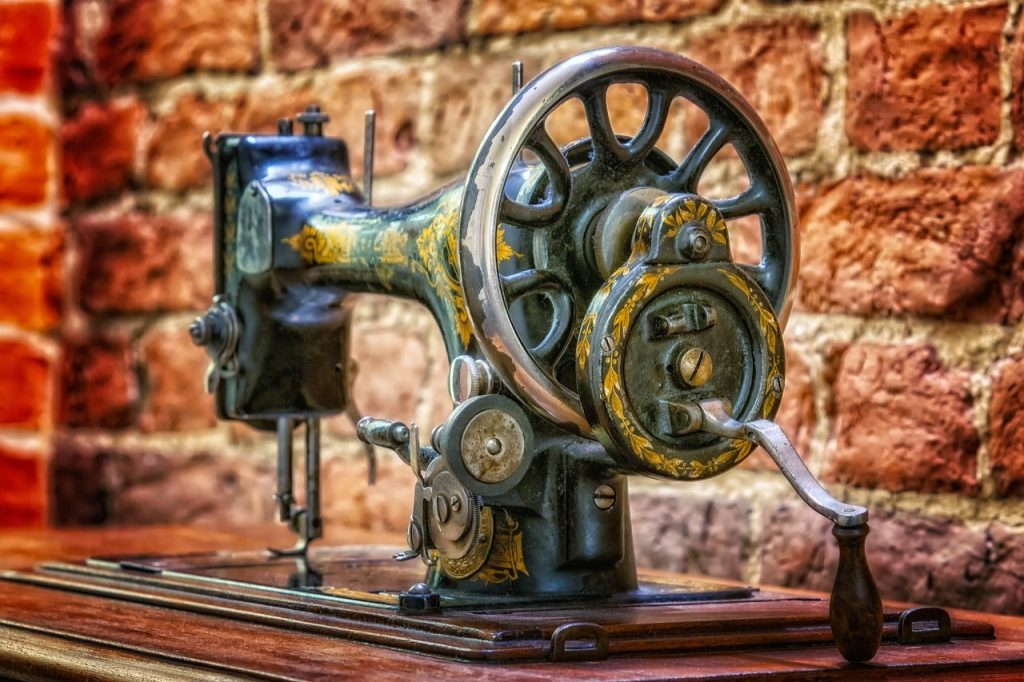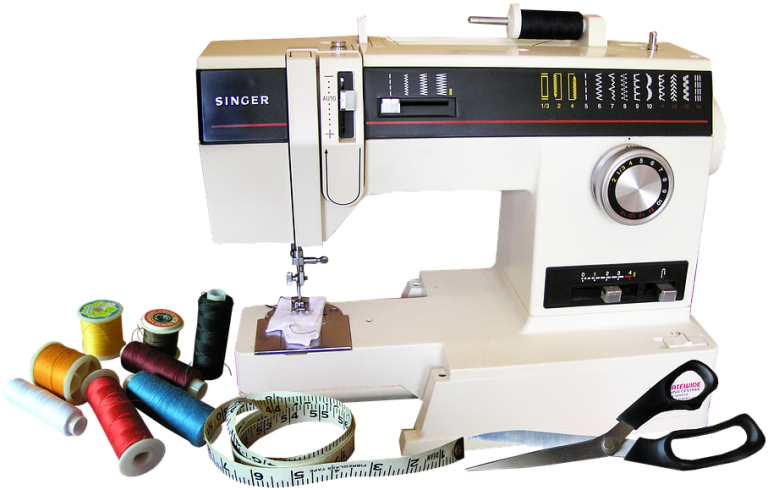For hundreds of years, fabric has been used in sewing machines to create clothing, decorations, and more. In this article, we present the difference between electrical and mechanical sewing machines.

As innovation has progressed, mechanical and electrical sewing machines, including the sewing machine zed, have emerged as the two primary options. While both are commonly used for stitching, they do function slightly differently. This article compares and contrasts electrical sewing machines with their mechanical counterparts.

1. Power Source:
When comparing electrical to mechanical sewing machines, the primary distinction is the source of power. An electrical sewing machine is, as the name suggests, powered by electricity.
- Differences Between Fixed Wiring Testing and PAT Testing
- Sustainability in Flex: Green Practices in Flexible PCB Manufacturing
A motor within the machine operates the feed dogs and the needle. Instead of using electric components, a mechanical sewing machine is operated manually. A wheel that can be turned by hand or a foot pedal provides the propulsion.
2. Functionality:
Sewing machines that run on electricity typically have more options and capabilities. Automatic stitching options, as well as a variety of stitches and stitch patterns, are preinstalled. The precision of each stitch can be adjusted in length, width, and tension thanks to the high-tech components of these instruments.
They can also accomplish sophisticated embroidery patterns and elegant stitches with the help of automated systems. However, there are limitations to what can be accomplished with mechanical sewing equipment. Straight and zigzag stitches are the most common types of embellishments. The individual is responsible for adjusting the tension and stitch length independently.
3. Speed Control:
Adjustable speeds on electric sewing machines allow users to tailor their stitching to the task at hand. They can either sew quickly for bulky projects or slowly for more delicate textiles.
Sewing may be done with greater precision and control thanks to this feature. Motorized sewing machines, on the other hand, rely on the user’s dexterity and coordination to regulate speed. The speed of the stitching is determined by how quickly the user rotates the handwheel or presses the foot pedal.
4. Complexity:
Because of the more significant number of internal moving components, electrical sewing machines are more difficult to use. Motors, circuit boards, and automated systems all play a role in determining the quality of the stitching produced by these machines.
- Elevate Your Boating Experience with a Marine SoundBar
- Efficient Travel Refrigerator for Cars: A Complete Guide
The electrical components add even more complexity to these power-hungry machines. However, mechanical sewing instruments are significantly simpler to manufacture. Gears and mechanical links help them function. Because they lack electrical components, problems with them are less complicated to diagnose.
5. Portability:
When it comes to portability, mechanical sewing machines triumph over their electronic counterparts. They are typically more portable and less bulky than their electrical counterparts. Mechanical sewing machines are portable and convenient for those who need to move them frequently.
They can be stored away or brought along to sewing classes or workshops. Electrical sewing machines, on the other hand, are bulkier due to the inclusion of a motor and other electrical components. Although there are portable options, they are typically bulkier and more cumbersome to transport.
6. Maintenance:
Sewing machines, whether electrical or mechanical, have varying maintenance requirements. Electrical sewing machines require regular maintenance, including cleaning, oiling, and tension adjustments. The electrical components may also require maintenance if they break. A professional may be required to do service under certain circumstances.
Mechanical sewing machines are less sophisticated and thus easier to maintain and repair. In most cases, all that is required to keep them working smoothly is a bit of lubrication or a simple mechanical adjustment. Users may often do these checks and repairs on their own, saving them both time and money.
Conclusion
In conclusion, electric and mechanical sewing machines are vastly different in many respects, including where they obtain their power, how they operate, how speed is controlled, the degree to which they are complex, their portability, and their maintenance requirements.
Modern electrical machines allow for granular customization of every stitch. Because of this, they are ideal for experts or anyone who needs to create intricate patterns.
